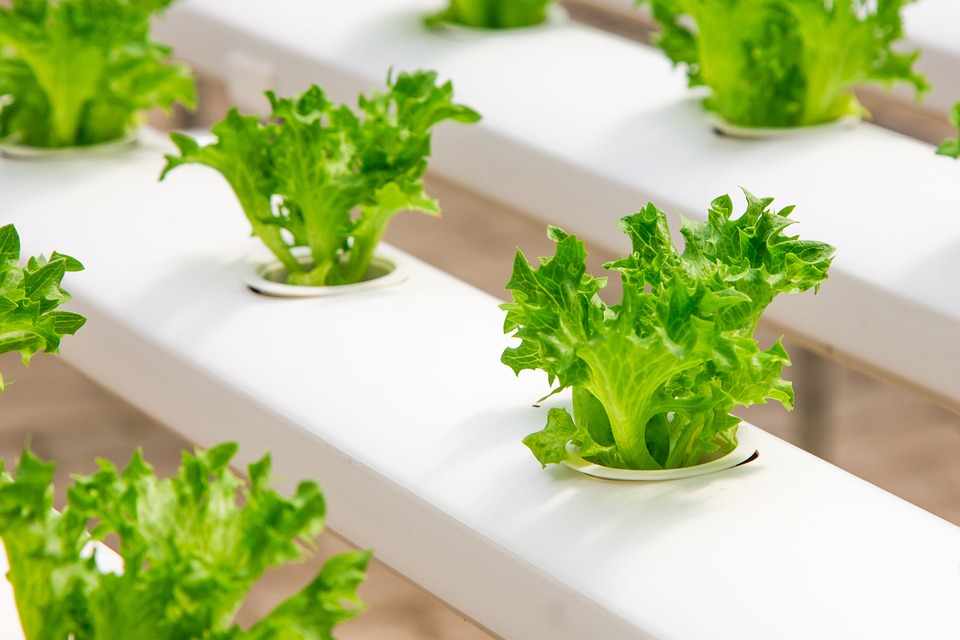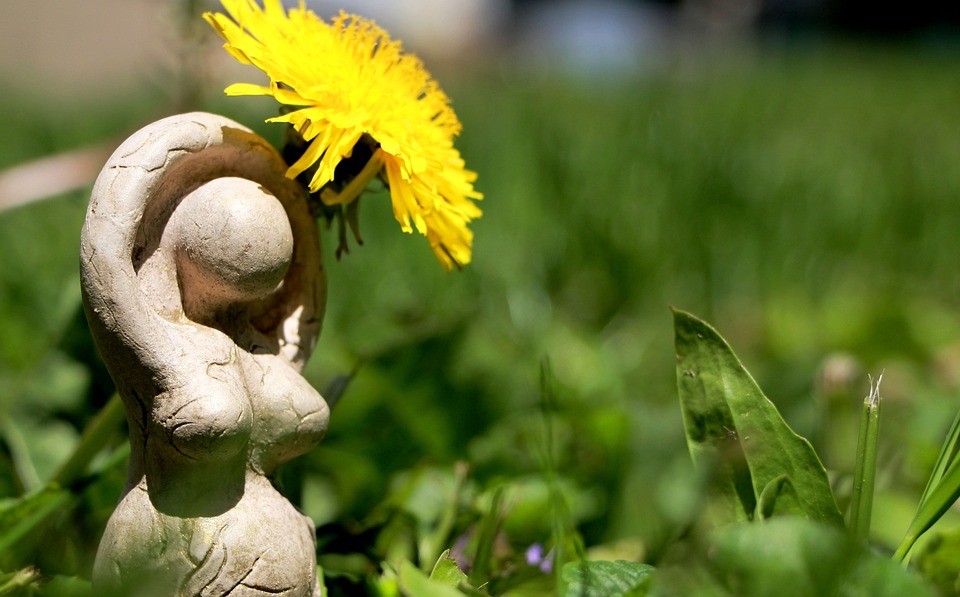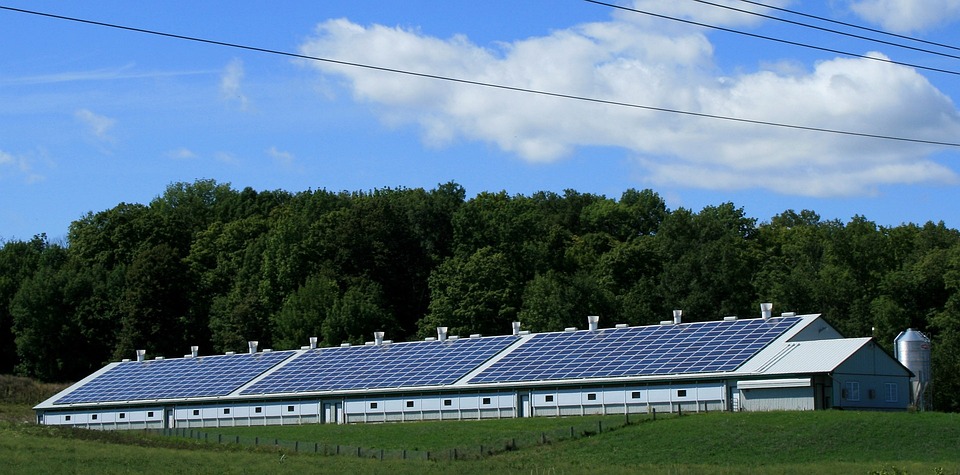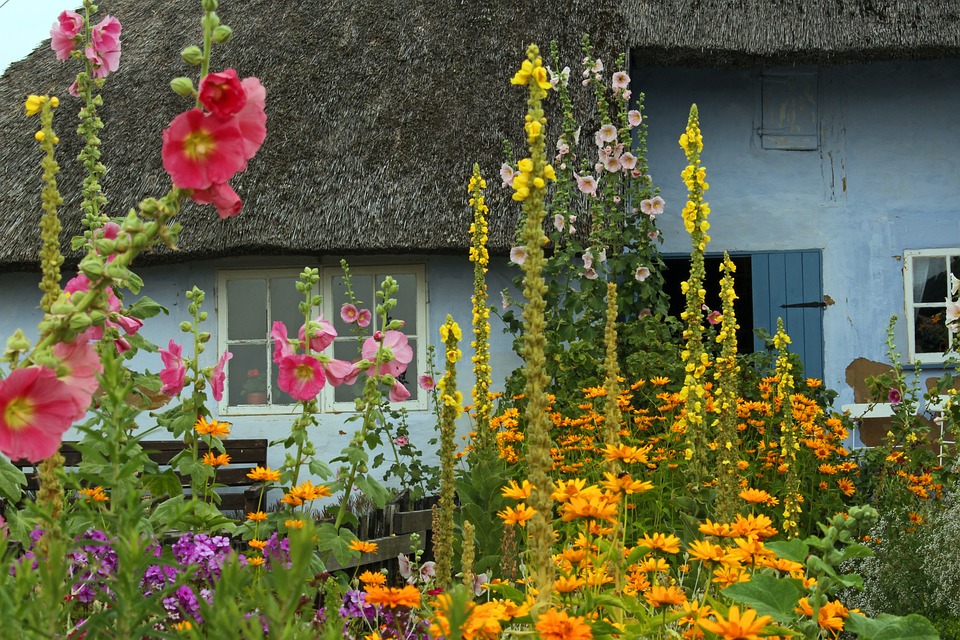The Rise of Conscious Travel: A Guide to Sustainable Tourism
The Rise of Conscious Travel: A Guide to Sustainable Tourism For many, traveling is about exploring new places, trying new foods, and experiencing different cultures. But as we become more aware of the impact our actions have on the environment, there is a growing interest in sustainable travel and tourism. As a sustainable travel expert, I have seen the rise of conscious travel firsthand and am excited to share with you a guide to sustainable tourism. My interest in sustainable travel began when I witnessed the detrimental effects of traditional tourism on the environment and local communities. From overcrowded tourist attractions to the pollution caused by large cruise ships, it was clear that a more conscious approach to travel was needed. As I delved deeper into the world of sustainable tourism, I discovered the many ways in which travelers can minimize their impact and support local communities and ecosystems. One of the key principles of sustainable tourism is minimizing your carbon footprint. This can be done in a number of ways, from choosing eco-friendly accommodation and transportation to supporting local businesses and minimizing waste. Additionally, sustainable tourism often involves making a positive impact on the places you visit, whether it’s through volunteering, donating to local conservation efforts, or simply being respectful of local customs and traditions. Another important aspect of sustainable travel is supporting the local economy. By choosing to stay in locally-owned accommodations, eating at locally-run restaurants, and purchasing souvenirs from local artisans, travelers can contribute to the well-being of the community they are visiting. This not only helps to support the local economy but also allows travelers to have a more authentic and meaningful experience. In addition to minimizing their impact and supporting local communities, conscious travelers also seek out experiences that allow them to connect with nature and learn about environmental conservation. This can take the form of visiting national parks, participating in eco-friendly tours and activities, or even volunteering with conservation organizations. By engaging with the natural world in a sustainable and respectful manner, travelers can gain a deeper appreciation for the environment and become advocates for its protection. When it comes to sustainable travel, every little bit counts. Whether it’s opting for public transportation instead of renting a car, bringing reusable water bottles and shopping bags, or simply being mindful of your energy and water usage, there are countless small actions that can add up to make a big difference. By incorporating these habits into your travels, you can significantly reduce your environmental impact and contribute to the overall sustainability of the tourism industry. Pro Tips for Sustainable Tourism: 1. Pack light and only bring essentials to minimize the weight of your luggage, reducing fuel consumption during transportation. 2. Research eco-friendly accommodations and transportation options, such as hotels with green certifications and companies that prioritize sustainability in their operations. 3. Support local conservation efforts by visiting national parks, participating in wildlife preservation programs, or donating to local environmental organizations. The rise of conscious travel reflects a growing awareness of the importance of sustainable tourism. By minimizing our impact, supporting local communities, and connecting with nature in a responsible manner, travelers can not only have a more meaningful and authentic experience, but also contribute to the preservation of the places they visit. As the sustainable travel movement continues to gain momentum, I am hopeful that more and more people will embrace this approach to tourism, leading to a more sustainable and enriching travel experience for everyone.










